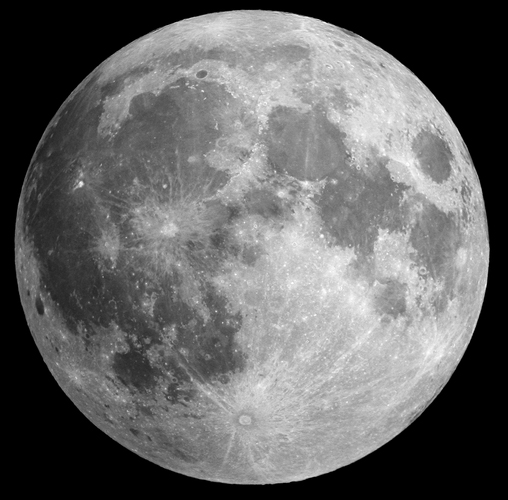
Although we generally think of flying saucers as spaceships used by aliens in sci-fi movies, MIT scientists are now proposing utilizing one of their own design to explore the Moon.
The vehicle would hover above the lunar surface via the force of electrostatic repulsion. Due to the fact that the Moon lacks a protective atmosphere, its surface is directly exposed to space plasma and the Sun’s ultraviolet rays.
Previously, researchers have suggested utilizing this phenomenon in a spacecraft-deployed glider that would explore the surface of airless celestial objects like the Moon.
If the wings were made of a positively charged material such as Mylar, it was reasoned that the glider and the positively charged lunar surface would repel one another, causing the glider to levitate.
According to the MIT team, although such a setup might work on small asteroids, the force of gravity on larger celestial bodies such as the Moon would still pull the glider down. That’s where the flying-saucer-like rover would come in.
The autonomous craft would boost the force of electrostatic repulsion by emitting beams of negatively charged ions outward – giving the rover itself a positive charge – and by emitting positively charged ions down onto the lunar surface, increasing its existing positive charge.
In a proof-of-concept experiment, a 60-gram model rover was hung from springs above an aluminium surface within a vacuum chamber, in order to simulate the low-gravity airless surface of the Moon.
A horizontal tungsten rod positioned above the rover was used to measure how much force the thrusters produced.
After experimenting with various voltages, it was determined that a relatively small power source would be required to levitate a 2-lb rover about 1 cm above the lunar surface.
“With a levitating rover, you don’t have to worry about wheels or moving parts,” says Prof. Paulo Lozano, who is leading the study along with graduate student Oliver Jia-Richards.
“An asteroid’s terrain could be totally uneven, and as long as you had a controlled mechanism to keep your rover floating, then you could go over very rough, unexplored terrain, without having to dodge the asteroid physically.”
